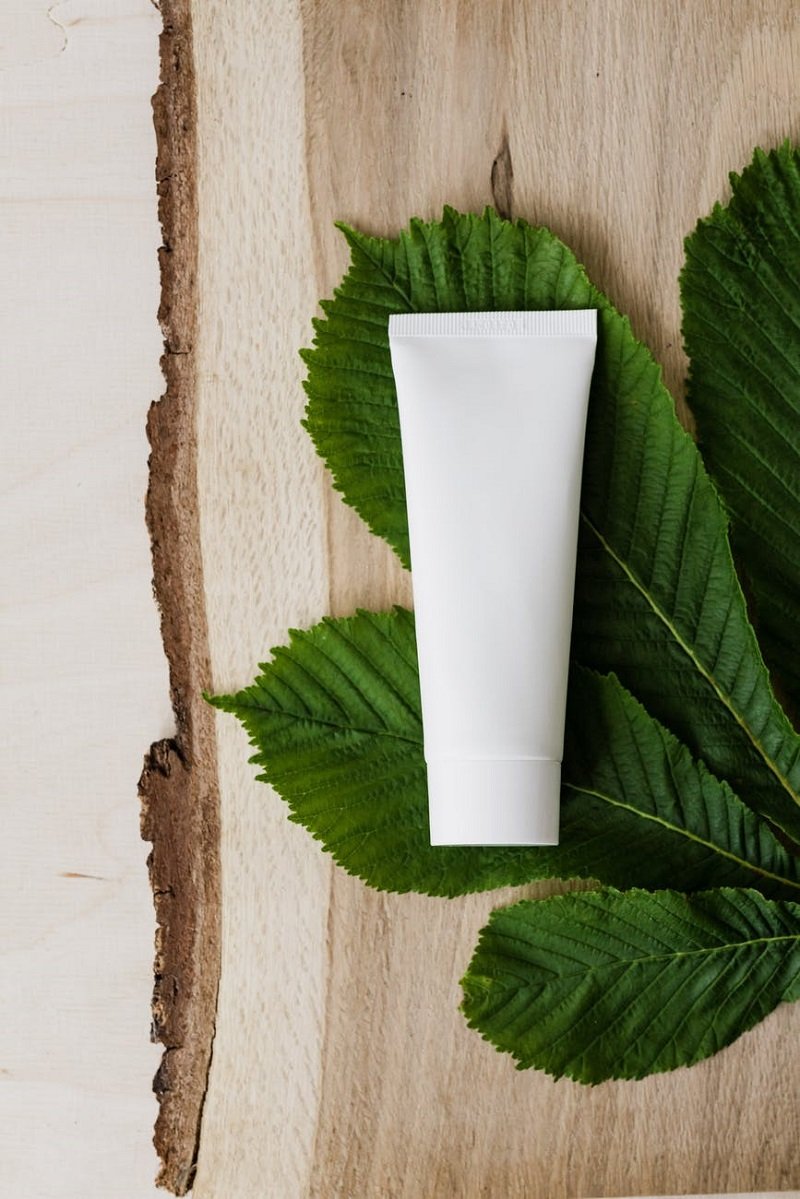Ever wondered how to add a modern, industrial touch to your home’s exterior? Or perhaps you’ve thought about how you can increase your home’s resilience to weather without sacrificing on style? And, have you considered what material might offer you both sustainability and aesthetics in a cost-efficient package? Colorbond, an innovative product of advanced steel production, could very well be the answer to all these intriguing questions. Today, we’ll delve into the remarkable world of Colorbond Cladding, its benefits, uses, and why it’s becoming a popular choice for designers, architects, and homeowners alike.

Colorbond cladding offers a unique combination of practicality mixed with undeniable charm. Its robustness stands against the harshest elements, while its sleek aesthetics deliver boundless versatility and minimalistic allure. As we explore this wonderful material, let’s dispel any uncertainties and equip you with the information needed to transform your residential or commercial space.
Understanding The Concept of Colorbond Cladding
Have you ever stood gazing at a minimalist designed house, awed by its modish and durable exterior? The secret could very well lie in the use of Colorbond cladding, a solution that merges functionality with avant-garde aesthetics. Colorbond Steel, birthed in Australia’s challenging environmental conditions, is a prepainted steel material designed for Australian homes to withstand various weather conditions. Its growing popularity across the globe is a testament to its stellar performance and aesthetic appeal.
The Evolution of Colorbond Cladding
Colorbond cladding is not a recent invention; it traces its inception back to the early 1960s. This time marked the era of rapid industrialization, leading to advancements in building materials. Over time, as sustainability became a concern, and minimalist designs continued to dominate architectural trends, Colorbond cladding started gaining prominence.
Why Choose Colorbond Cladding?
At the crux of its appeal, Colorbond cladding promises a bouquet of compelling advantages: it’s sustainable, low maintenance, easy to install, fire-resistant, and available in a variety of colours. Notably, a major advantage with Colorbond cladding is its reflected heat capability. This property that helps maintain a comfortable temperature inside the building, making it both energy-efficient and cost-effective.
The Aesthetic Appeal of Colorbond Cladding
Beyond the practical advantages, Colorbond cladding’s triumph lies in its aesthetic versatility. Its available range of earthy tones to vibrant hues are a delight for every homeowner, making it possible to achieve varying styles: from a rustic farmhouse look to a sleek city dwelling vibe.
The Real-World Uses of Colorbond Cladding
Colorbond has moved past being just a ‘trend’ and evolved into a staple in many architectural projects. Today, it effortlessly graces commercial buildings, residential homes, heritage sites, urban clusters, and even rural settings.
Understanding the Nut and Bolts of Installing Colorbond Cladding
The installation of Colorbond cladding demands meticulousness, accuracy, and a good understanding of the product and its elements. It ties in the importance of building structure, climatic calculations, and of course, your design vision.
Conclusion: Charting a Path with Colorbond Cladding
In summary, Colorbond cladding breathes innovation, durability, and modern elegance into the architectural and interior design landscapes. From its steel-ensured longevity to the sheer brilliance of its colour range, each feature presents a compelling case for its adoption. Its environmental friendliness, which marries well with the growing trend of sustainable living, adds another feather to its cap. Undoubtedly, Colorbond cladding presents an enticing fusion of technology and design excellence, promising a vibrant future in the ever-evolving world of architecture and design.





